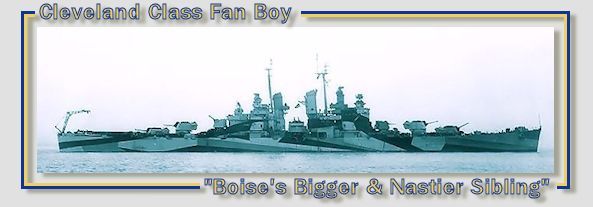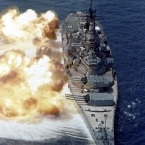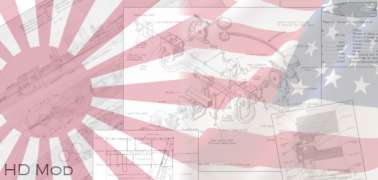Symon
Posts: 1928
Joined: 11/24/2012
From: De Eye-lands, Mon
Status: offline

|
Hi ya Bill. John’s premise is pre-war. What people did in the war environment is another subject entirely. But you have the right idea.
Comparing construction times is a bit like comparing apples, to radishes, to cabbages. Every nation had a different view as to what should be done on the building slip to make a ship ready for “launch”, and what could be done in a “fitting basin” and at a “fitting pier”.
Also, there are national differences between when a ship is “commissioned” as opposed to its “completion”. And, of course, this has huge variances between and among the various types and classes. A quickie example of national differences is the comparison between Yorktown and Shokaku classes of CVs. Built in moderately similar time periods, and having very similar block coefficients, they end up having damn near the same construction times, but allocated very differently among the various steps.
Yorktown: Keel, 21 May, ’34; Launch, 04 April, ’36 (23 months); “Commissioned”, 30 Sept., ’37 (18 months) – 41 months total.
Enterprise: Keel, 16 July, ’34; Launch, 03 Oct., ’36 (27 months); “Commissioned”, 12 May, ’38 (19 months) – 46 months total.
Shokaku: Keel, 12 Dec., ’37; Launch, 01 June, ’39 (19 months); “Completed”, 08 Aug., ’41 (26 months) – 45 months total.
Zuikaku: Keel, 25 May, ’38; Launch, 27 Nov., ’39 (18 months); “Completed”, 25 Sept., ’41 (22 months) – 40 months total.
This illustrates, more than anything else, the difference between Japan and the US as to their thoughts on where the “launch” boundary should go ON CV TYPES (other types were vastly different). Logically, the “complete” and “commission” dates for CVs would be rather close together because of the time required to do air-group work-ups, during which one could do the trials and work-ups on the ships themselves. So for Japan, the “complete” date, like the US “commission” date, is when you can “light the fires”.
Much more to say about CAs and Mitsubishi Heavy Industries and the political tension between and among the Naval Districts (the NSY yards) and the Navy and Mitsubishi and Kawasaki, but that’s another subject. Woof !!
All in all, Japan had the knowledge, and applied it in their later construction programs. Warship construction was still subject to the ins-and-outs of IJN District Admiralty politics, but that’s still another story.
[ed] so in John 3rd terms, things do not look as ugly as one would think, or as ugly as one would like one to think.
Ciao. JWE
< Message edited by Symon -- 3/7/2015 6:48:33 PM >
_____________________________
Nous n'avons pas peur! Vive la liberté! Moi aussi je suis Charlie!
Yippy Ki Yay.
|
 Printable Version
Printable Version





















 New Messages
New Messages No New Messages
No New Messages Hot Topic w/ New Messages
Hot Topic w/ New Messages Hot Topic w/o New Messages
Hot Topic w/o New Messages Locked w/ New Messages
Locked w/ New Messages Locked w/o New Messages
Locked w/o New Messages Post New Thread
Post New Thread